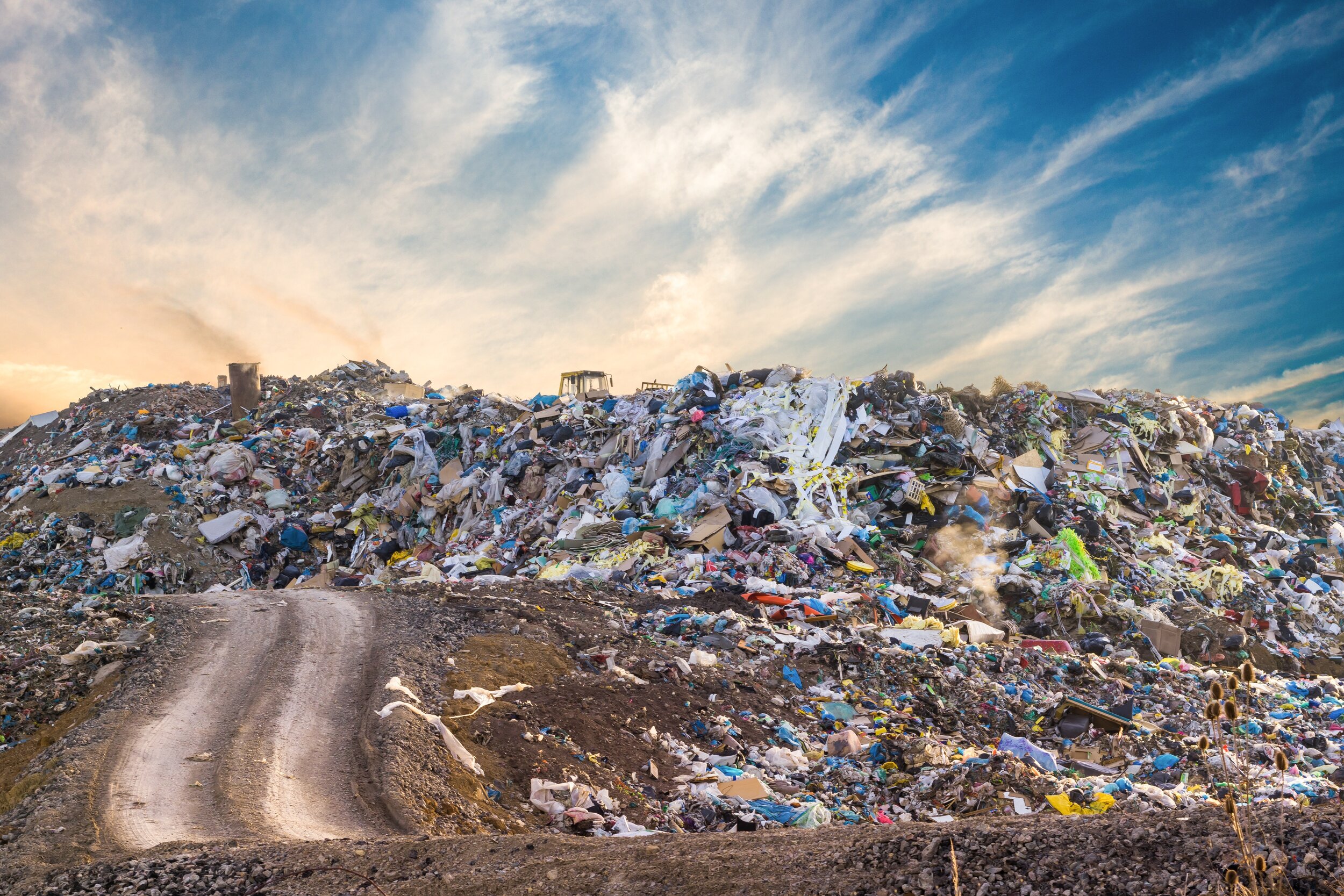Our Mission:
No Book Wasted.
The Book Sustainability Project is the answer to how the book industry is moving to a zero waste future.

rePAIR
This means we take broken and damaged books, and put in the extra effort to repair the books for future use.
reUSE
This means we redirect books that are in good condition and put them back in the hands of students and book-lovers through online or brick and mortar stores.
reNEW
This means we establish paths forward where books can begin the process of being upcycled and recreated into new goods.


Our Partners: Past and Present
Avoidable Waste
RECYCLING:
THE MOST ENVIORMENTALLY
Friendly OPTION
When a book has come to its end-of-life cycle, the most environmentally friendly option is to recycle it responsibly.
640k
tons of books
in the landfill
Books comprise roughly 0.4 percent of total municipal solid waste generation.
320
million books
discarded each year
With even a modest 10 percent increase in book recycling, we can avoid landfilling 32 million books annually, and put the fiber to good re-use.
12.4
million metric tons
The total carbon footprint of the book publishing industry (2006 figures) is 12.4 million metric tons. That’s 8.85 lbs. in carbon dioxide terms.
Source: nwf.org

Our Program
Members of the Book Sustainability Project share a common vision: No Book Wasted.
The Book Sustainability Project is not just about recycling. It’s about building a road map for a zero-waste book industry.
Our four steps: 1. Renew 2. Reuse 3. Recycle 4. Upcycle.
Each partner partakes in the sustainability effort by recycling end of life books through the program which are then given new life into reimagined renewed paper goods.
Every book counts.








